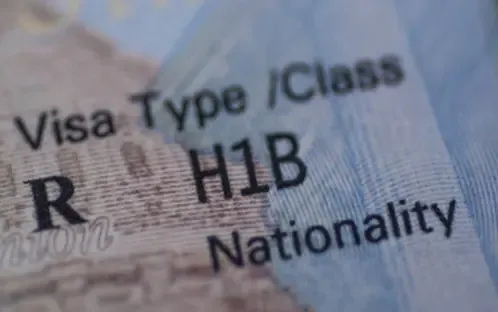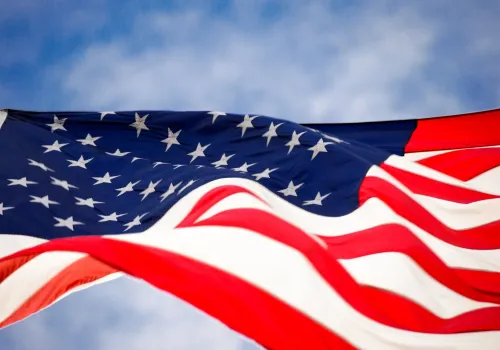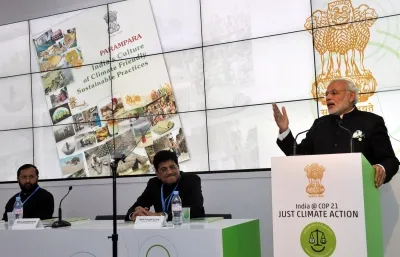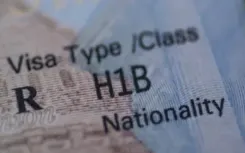What Justice Do Santals in Bangladesh Seek on the Ninth Anniversary of the 2016 Killings?

Synopsis
Key Takeaways
- Santal Killing Day marks the remembrance of the 2016 killings.
- Over 700 activists gathered to demand justice.
- Land disputes date back to 1956.
- Continued impunity for the murders.
- Government action is needed for justice and land restitution.
New Delhi, Nov 9 (NationPress) Members of the Santal indigenous community in northern Bangladesh commemorated Santal Killing Day on Thursday, marking nine years since the tragic shooting of three Santal activists during a fierce land rights demonstration in Gaibandha district.
As reported by Cruxnow, over 700 Santals, along with Bengali and Christian activists, assembled in front of the district's public library to call for justice for the victims -- Shyamal Hembram, Mangal Mardi, and Ramesh Tudu -- who lost their lives when police opened fire on demonstrators on November 6, 2016.
In the same incident, assailants allegedly associated with the ruling Awami League torched Santal homes, resulting in hundreds being displaced.
"The murders remain unpunished, and our land has not been returned," stated Philemon Baskey, Convener of the Land Retrieval Committee.
"We demand justice for our brothers and the right to live with dignity and security."
This conflict dates back to 1956, when the then East Pakistan government appropriated Santal farmland to establish the Rangpur Sugar Mill under the Land Requisition Act.
Even though an agreement in 1962 specified that unused land should be returned to its original owners, the mill ceased operations in 2004, yet the land was never restored.
In reaction, Santal farmers began reoccupying and cultivating the land, which led to violent confrontations with local authorities and mill officials.
"The police opened fire to disperse their protest, resulting in the deaths of three leaders. Hundreds of families were left homeless after their homes were set ablaze," remarked Shamsul Huda, Executive Director of the Association for Land Reform and Development (ALRD) to Cruxnow.
The Santals, one of Bangladesh's oldest indigenous groups, mainly practice Christianity and are estimated to number around half a million.
Historians have noted that they are descendants of pre-Aryan settlers who have faced long-standing marginalization and exploitation under colonial and post-colonial governance.
Father Liton Hubert Gomes, Secretary of the Justice and Peace Commission of the Catholic Bishops' Conference of Bangladesh, denounced the ongoing lack of accountability.
"It is profoundly disappointing that even after nine years, the Santals have not attained justice," he expressed.
"The government must take action to prosecute those accountable and restore their rightful land."










